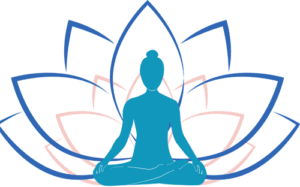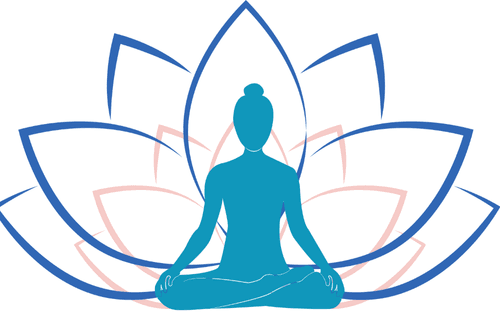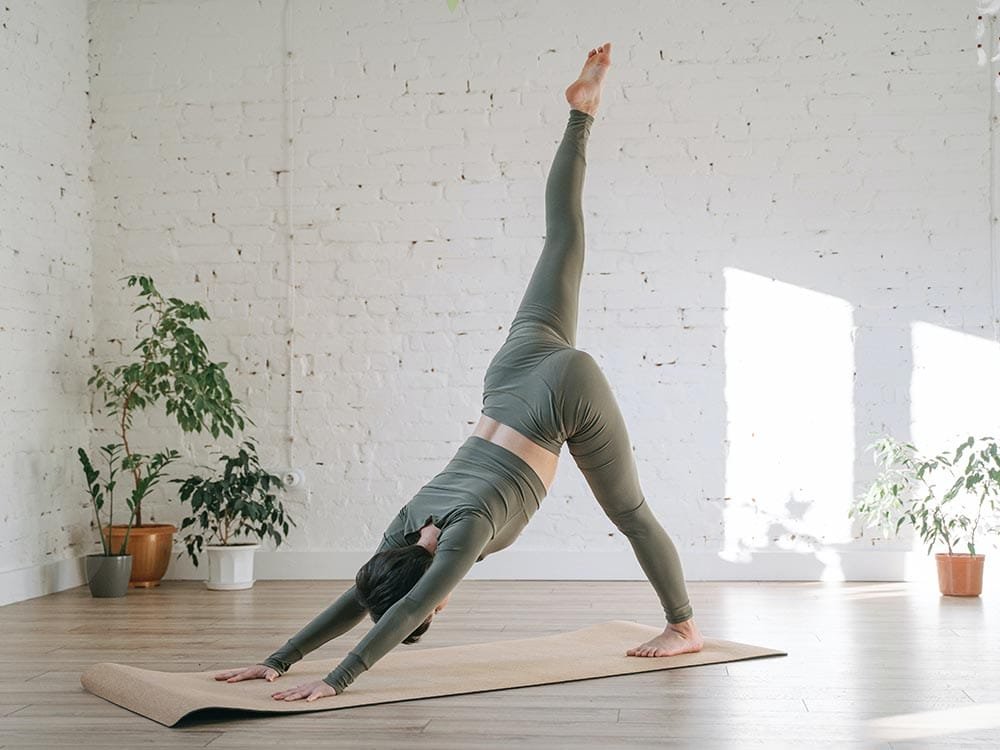Understanding Anxiety and the Nervous System
Anxiety is a multifaceted emotional response that can manifest in various forms and intensities. Characterized by feelings of worry, fear, or apprehension, anxiety can severely impact an individual’s daily life and well-being. Common symptoms include increased heart rate, excessive sweating, restlessness, and difficulty concentrating. Mental health professionals often describe anxiety as a chronic condition that can lead to deeper issues if left unaddressed, affecting not only the mind but also the body. Understanding techniques for calming the nervous system is essential for managing anxiety effectively.
The human nervous system plays a crucial role in regulating both our physical and emotional responses. It is primarily divided into two main branches: the sympathetic and parasympathetic nervous systems. The sympathetic nervous system is responsible for the body’s ‘fight or flight’ response, triggering physiological changes when faced with perceived threats. This leads to increased heart rate, heightened senses, and a surge of adrenaline, all of which can exacerbate feelings of anxiety. Conversely, the parasympathetic nervous system promotes a state of calm and relaxation, playing a vital role in calming the nervous system and helping to restore balance following a stress response.
Imbalance between these two systems can result in heightened anxiety, as the inability to shift from a state of arousal to relaxation can keep individuals trapped in a cycle of stress and fear. Chronic activation of the sympathetic nervous system can lead to various physiological effects, including muscle tension, headaches, gastrointestinal disturbances, and fatigue. These bodily symptoms often reinforce feelings of anxiety, creating a feedback loop that can be challenging to break.
Given this complex interplay between anxiety and the nervous system, the incorporation of relaxation techniques, such as yoga, becomes essential. Such practices aim to activate the parasympathetic nervous system, facilitating physical and mental relaxation, ultimately promoting a healthier response to stress and anxiety.
The Role of Yoga in Managing Anxiety
Yoga has long been recognized as an effective practice for promoting overall mental well-being, and its role in managing anxiety is notably significant. The principles of yoga emphasize the connection between the mind and body, enabling individuals to cultivate a state of relaxation and mindfulness. This integration is particularly beneficial for those experiencing anxiety, as it helps to engage the parasympathetic nervous system, which is responsible for counteracting the body’s stress response.
Central to the practice of yoga is the concept of breath control, or pranayama, which plays a crucial role in calming the mind. Regulating breath not only helps to lower heart rate and blood pressure but also fosters a sense of grounding. This physiological response is vital for those facing anxiety, as it alleviates the symptoms of stress such as rapid heartbeat and shallow breathing. Consequently, consistent yoga practice can lead to reduced stress levels and improved emotional regulation, making it a valuable tool in the management of anxiety disorders.
Furthermore, engaging in regular yoga practice has been shown to enhance mood and promote positive emotional states. Various studies indicate that individuals who incorporate yoga into their routines report lower levels of anxiety and greater emotional stability. This can be attributed to the emphasis on self-awareness and introspection within the practice, which encourages individuals to observe their thoughts and feelings without judgment. Such practices foster resilience and coping strategies, enabling practitioners to respond to anxiety-inducing situations in a more composed manner.
In essence, the multifaceted benefits of yoga—ranging from physiological regulation to improved emotional health—combine to form a holistic approach to managing anxiety. By fostering a deeper connection between body and mind, yoga empowers individuals to navigate their anxiety with greater ease and confidence.
Key Asanas and Breathwork Techniques
Incorporating specific yoga asanas into a regular practice can significantly aid in alleviating anxiety symptoms and promoting a sense of calm. One of the most beneficial poses is Child’s Pose (Balasana), which fosters relaxation and helps release tension. To perform this asana, kneel on the floor and sit back on your heels, then bend forward, extending your arms in front of you or resting them by your side. Ensure your forehead rests on the mat, allowing your breath to deepen. For beginners, utilizing cushions or blocks can provide additional support and comfort.
Another effective posture is the Supported Forward Bend (Uttanasana). This pose encourages the release of stress and anxiety by relaxing the body and calming the mind. Stand tall with your feet hip-width apart, then hinge at the hips while folding forward, keeping a slight bend in the knees if needed. Allow your upper body to relax, and grasp opposite elbows. Experienced practitioners may deepen the stretch by placing their hands on the ground or on a block. It is crucial to breathe deeply throughout the posture, allowing the breath to facilitate relaxation.
In addition to these asanas, breathwork plays a vital role in managing anxiety. Alternate Nostril Breathing (Nadi Shodhana) is a particularly valuable technique for calming the nervous system. To practice this method, sit comfortably with a straight spine. Use your right thumb to close your right nostril, inhaling deeply through your left nostril. Then, close the left nostril with your right ring finger and release the right nostril, exhaling fully. This process can be repeated for several cycles and can greatly enhance the practitioner’s ability to find balance and tranquility. As the mind settles and breath becomes regulated, the feelings of anxiety may diminish, yielding a more peaceful state of being.
A Beginner-Friendly 30-Minute Yoga Sequence
For individuals seeking to manage anxiety through yoga, a structured 30-minute sequence can be both accessible and effective. This beginner-friendly sequence is designed to calm the nervous system and promote overall well-being. It includes a warm-up, a series of calming asanas, breathwork, and a guided meditation. Each component of the practice aims to help individuals connect with their bodies and minds, fostering a sense of tranquility.
Begin with a gentle warm-up to prepare the body. Start by sitting comfortably on a mat, bringing your awareness to the breath. Spend 5 minutes practicing deep inhalations and exhalations, promoting relaxation with each breath. Follow this by gentle neck rolls and shoulder shrugs for 5 minutes, loosening any tension.
Once warmed up, transition into 10 minutes of calming asanas. Begin with Child’s Pose (Balasana) for 2 minutes to cultivate a sense of safety and grounding. Next, move into Cat-Cow stretches (Marjaryasana-Bitilasana) for 3 minutes, synchronizing the movements with your breath. After that, practice Forward Fold (Uttanasana) for 2 minutes, allowing the head to hang heavy, and follow with Standing Forward Bend (Uttanasana) for another 3 minutes to release tension from the back and legs.
Next, dedicate 5 minutes to breathwork. Practice the 4-7-8 breathing technique: inhaling through the nose for 4 counts, holding the breath for 7 counts, and exhaling through the mouth for 8 counts. This technique effectively calms the nervous system and clears the mind.
Finally, conclude the practice with a 5-minute guided meditation. Find a comfortable seated position, close your eyes, and focus on your breath. Allow yourself to experience thoughts and emotions without judgment, letting them pass like clouds in the sky. This meditation solidifies the calming effects of the earlier poses, making it an essential part of your anxiety management journey.



